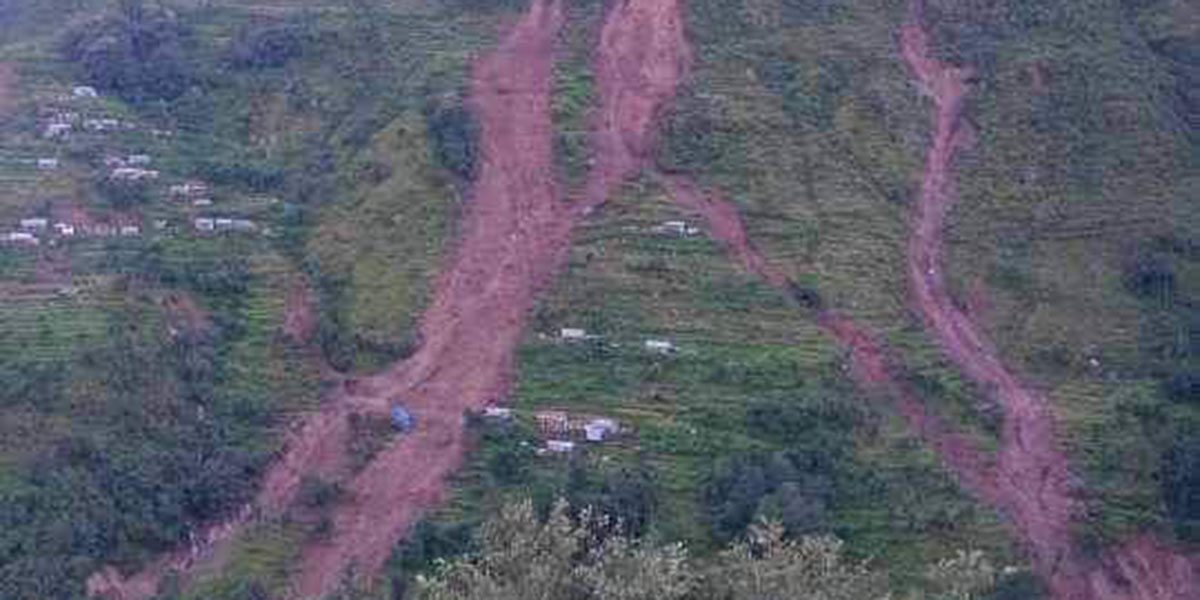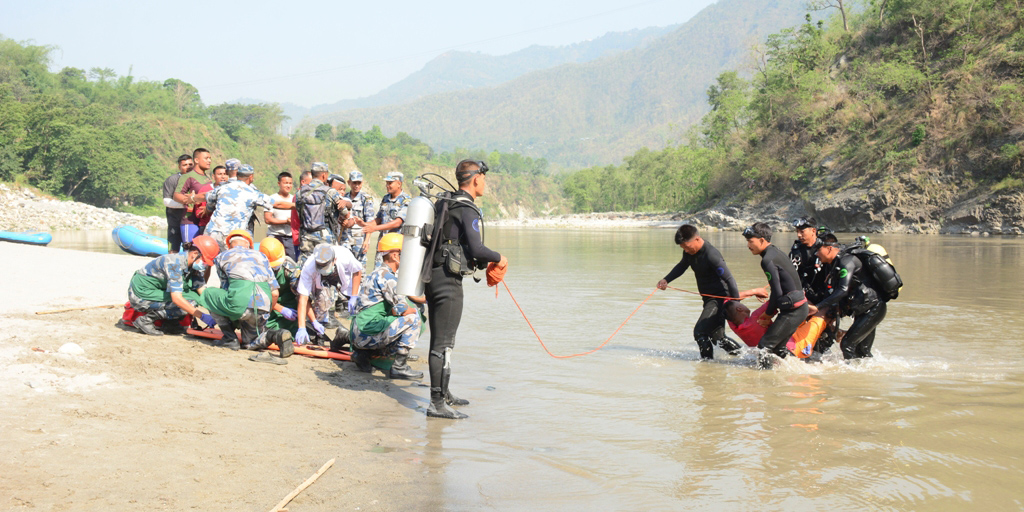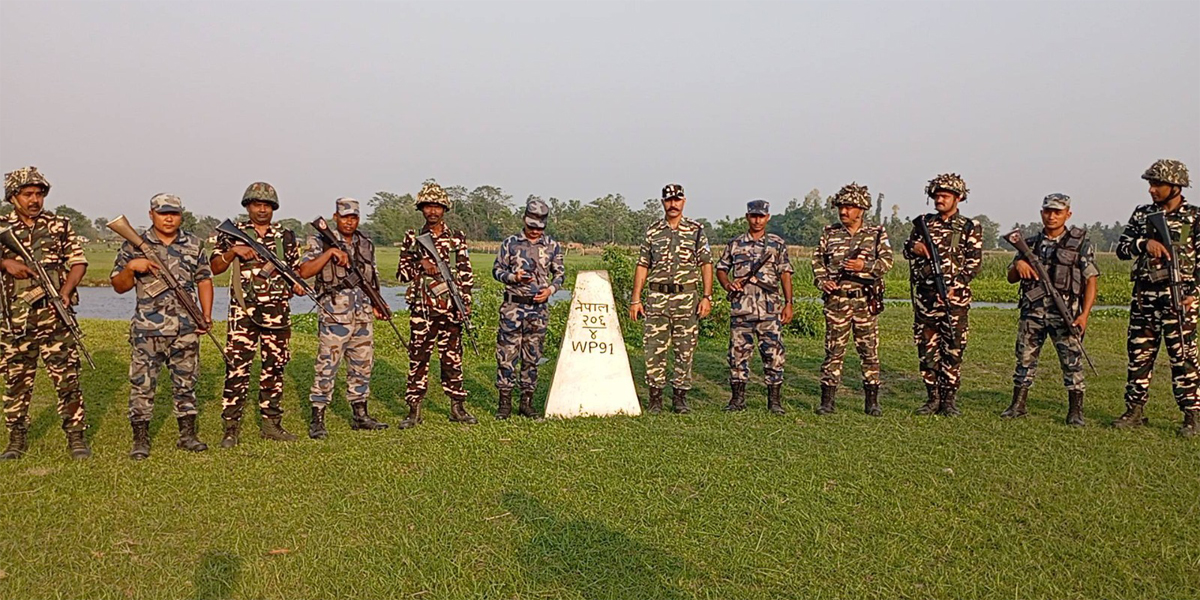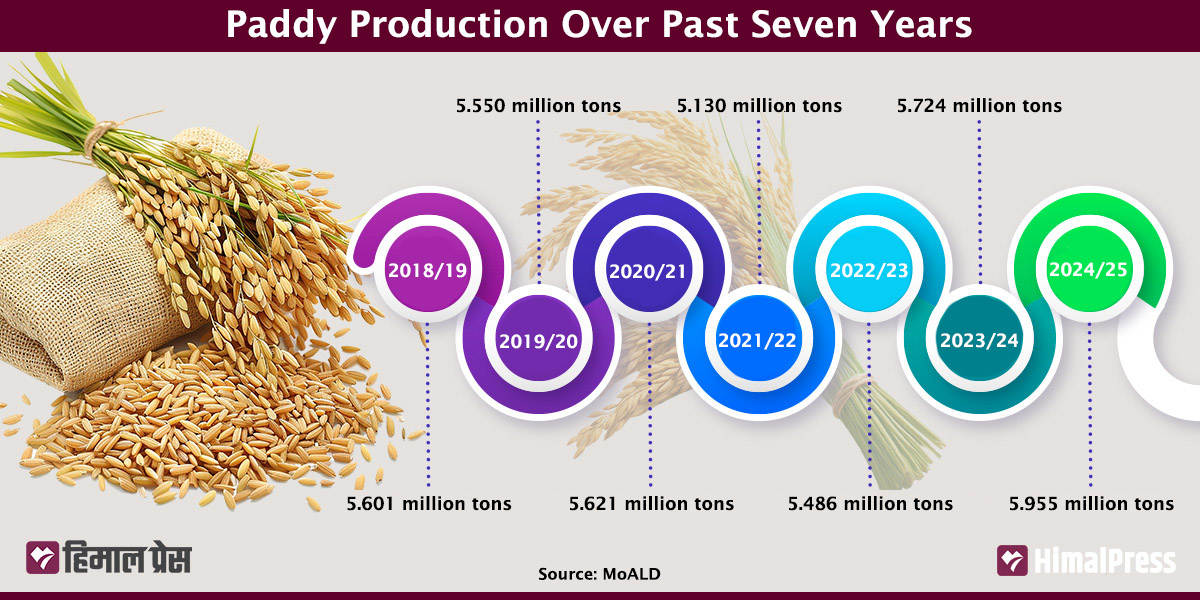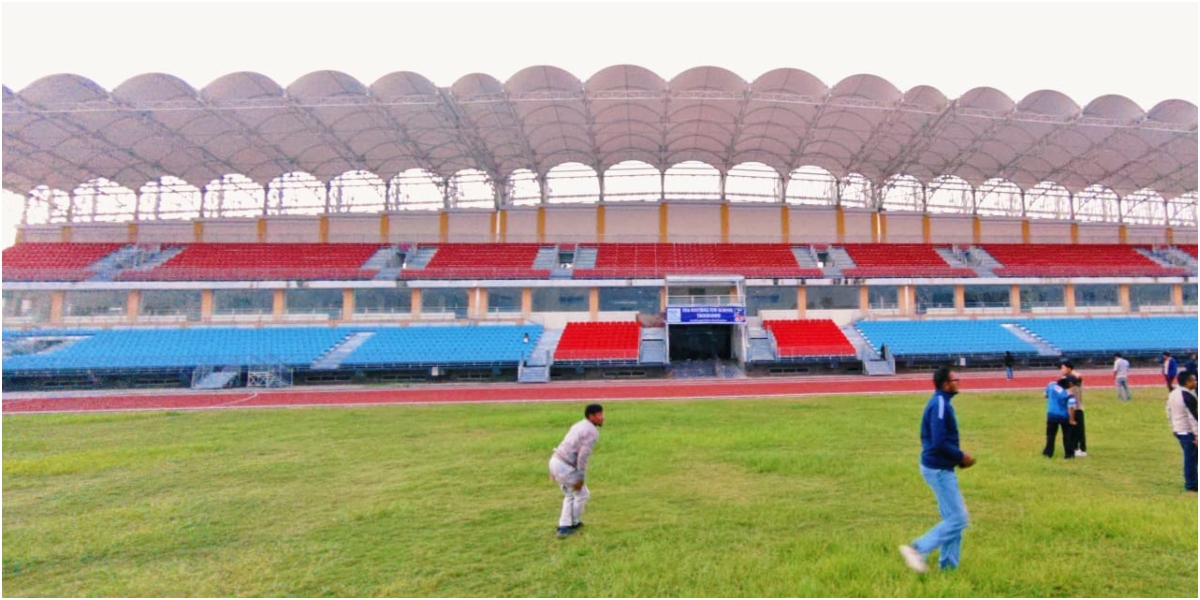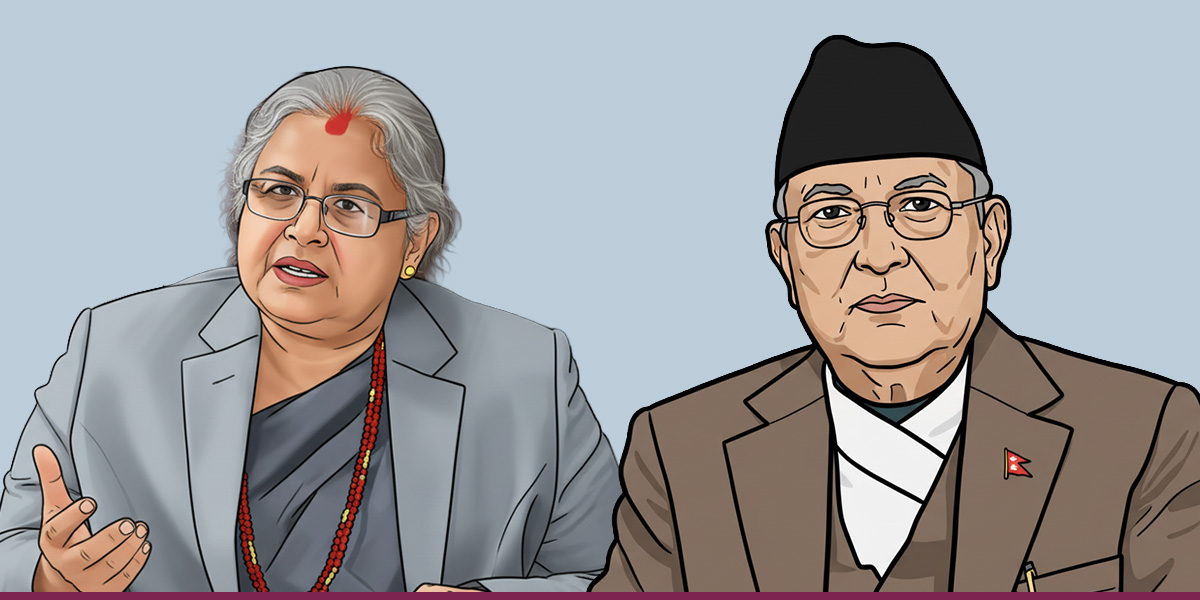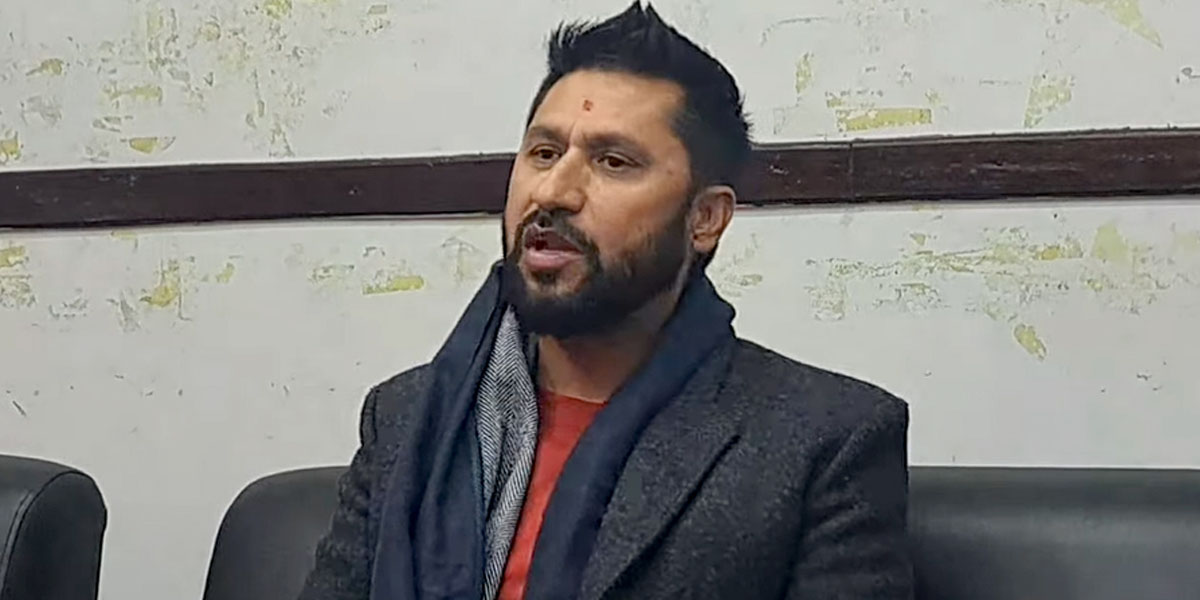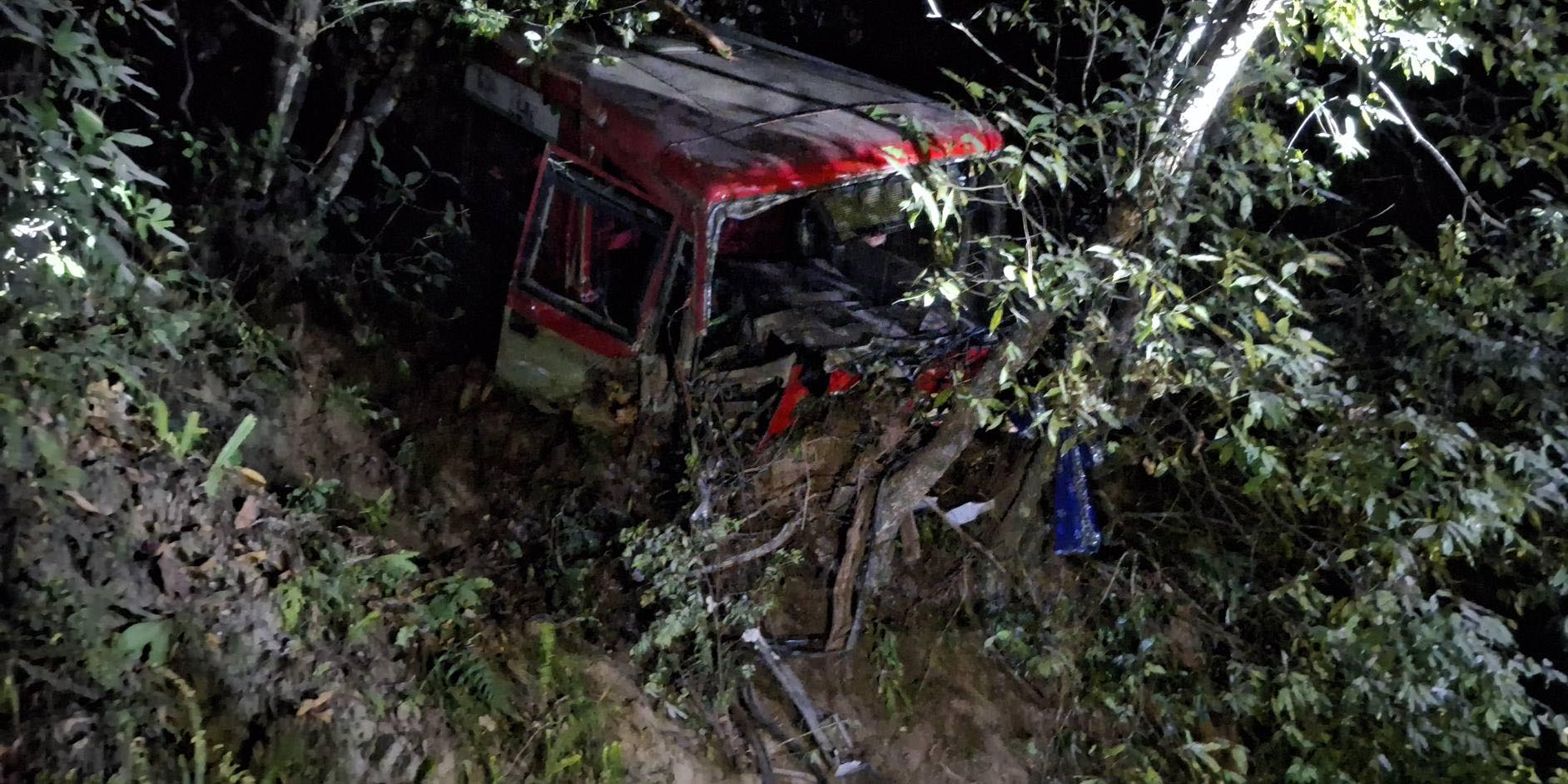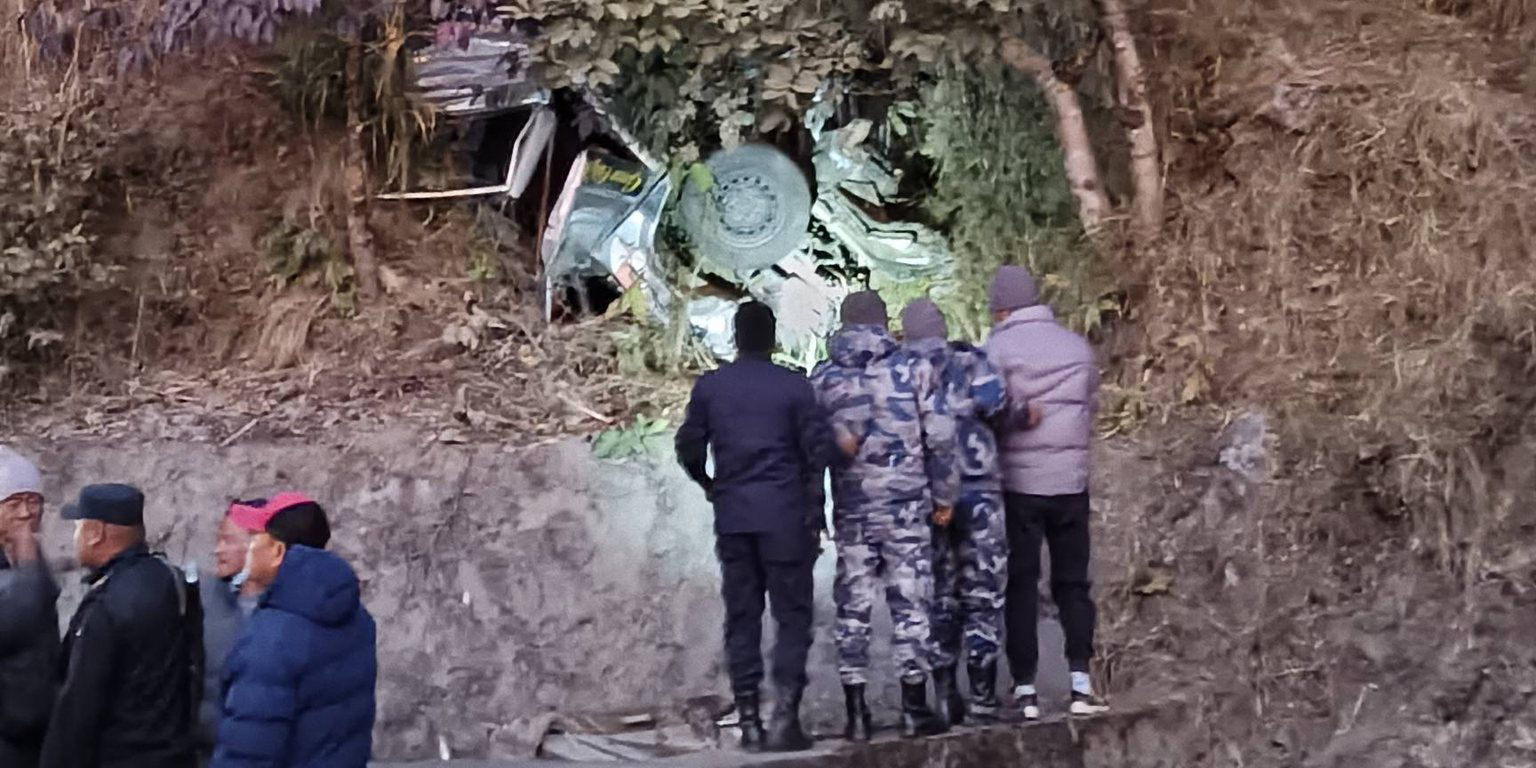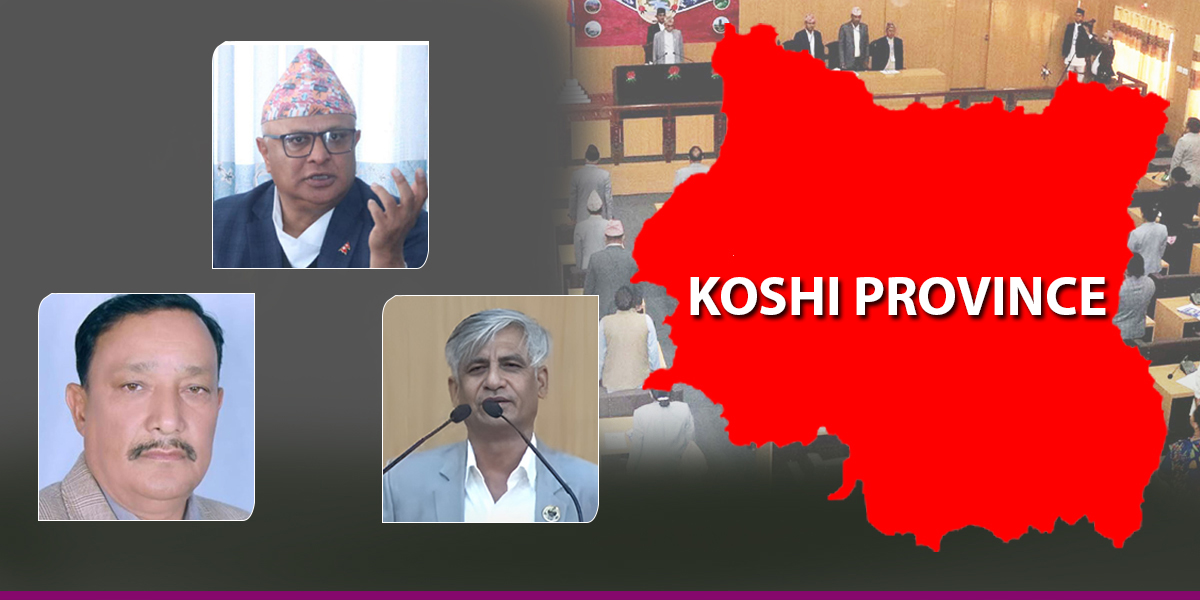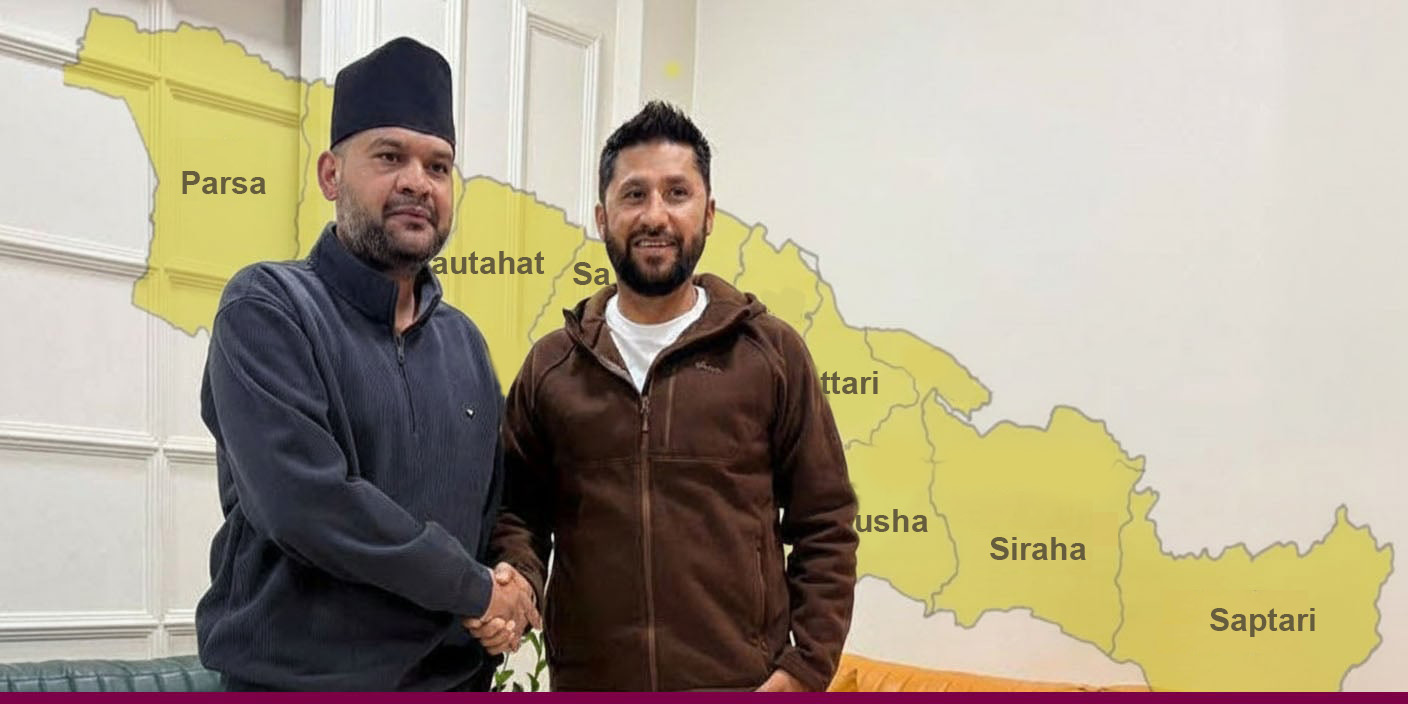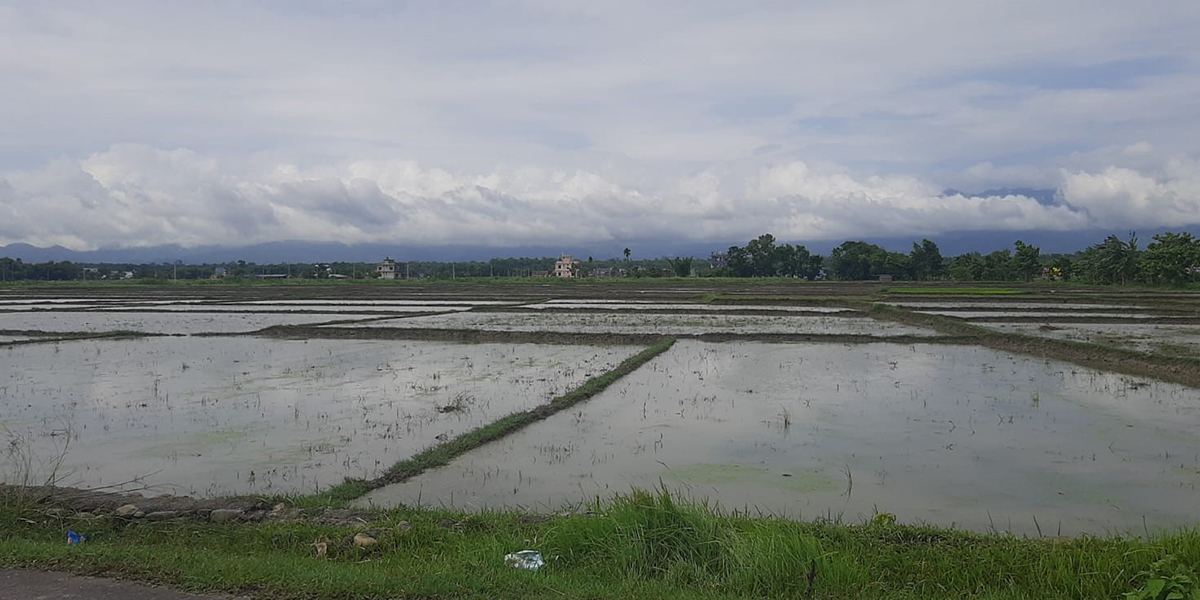
ITAHARI: Dev Narayan Chaudhary from Itahari Sub-metropolitan City-18 is busy transplanting paddy seedlings under the scorching sun. “Since we don’t have irrigation facilities, we have to work day and night when we receive rainwater,” said Dev Narayan. “Last night’s rain came as a relief to us.”
Due to the lack of irrigation facilities on Dev Narayan’s farm, he can only plant one crop per year. This means his farm remains fallow after the paddy is harvested in October. “We could have planted two crops if there were irrigation facilities,” he added.
The shortage of chemical fertilizers is another problem faced by local farmers. Dev Narayan is planting Kanchhi Mansuli and Ranjit varieties of paddy, which require urea and DAP fertilizers. “Since we are not receiving sufficient fertilizers, paddy productivity will suffer,” he added.
Dev Narayan’s family has been dependent on agriculture since the time of their ancestors. “After my father’s demise, I have been involved in this profession full-time,” he said. “Since we have a small farm, we have also been cultivating paddy on other landowners’ land, covering an area of around one bigha. We get to keep half of the produce.”
According to Dev Narayan, farming is very challenging in Nepal. “But we don’t know anything else. All family members need to work actively to produce the grains needed to feed the family for a year,” he said.
Kanchha Chaudhary from Sunsari has been farming for the past five decades. Kanchha, who is also busy transplanting paddy seedlings, cultivates paddy on one bigha of land. Since his production exceeds his needs, he sells the surplus paddy.
“I grow around 100 maunds (one maund is equal to 40 kg), out of which I sell around 60 maunds,” Kanchha said. “I don’t need to take my produce to the market. Buyers collect from my doorstep.”
Most farmers in Sunsari cultivate the Ranjit variety of paddy. “This variety fetches Rs 1,000 to Rs 1,500 per maund,” he said, adding, “Paddy cultivation is difficult because we lack irrigation facilities, and chemical fertilizers are also not readily available.”
Sunsari, Morang, and Jhapa are the major paddy producers in Koshi Province. Pashupati Pokharel, the spokesperson for the provincial agriculture ministry, stated that paddy is cultivated in two seasons in the province. “Last year, Koshi Province produced 1.23 million tons during the monsoon season and 300,000 tons during the spring season,” Pokharel said. “While seedling transplantation began about two weeks ago in the hilly region, it has just begun in the Tarai.”
According to Pokharel, seedling transplantation largely depends on monsoon rains, as most of the arable land in the country lacks irrigation facilities. “Therefore, paddy production increases if the monsoon is on time,” he added.
Pokharel also mentioned that the paddy produced in Koshi Province is sufficient to meet the province’s demand. “Paddy is exported to the rest of the country from Koshi Province, while local mills also procure paddy from farmers,” he said. “The province has a surplus of 600,000 tons of food grains if we consider the combined production of paddy, maize, and wheat.”
According to Pokharel, they were expecting a 10% increase in paddy output this year. “Productivity increases with timely monsoons. Paddy output in Nepal depends on monsoon rains,” he added.



